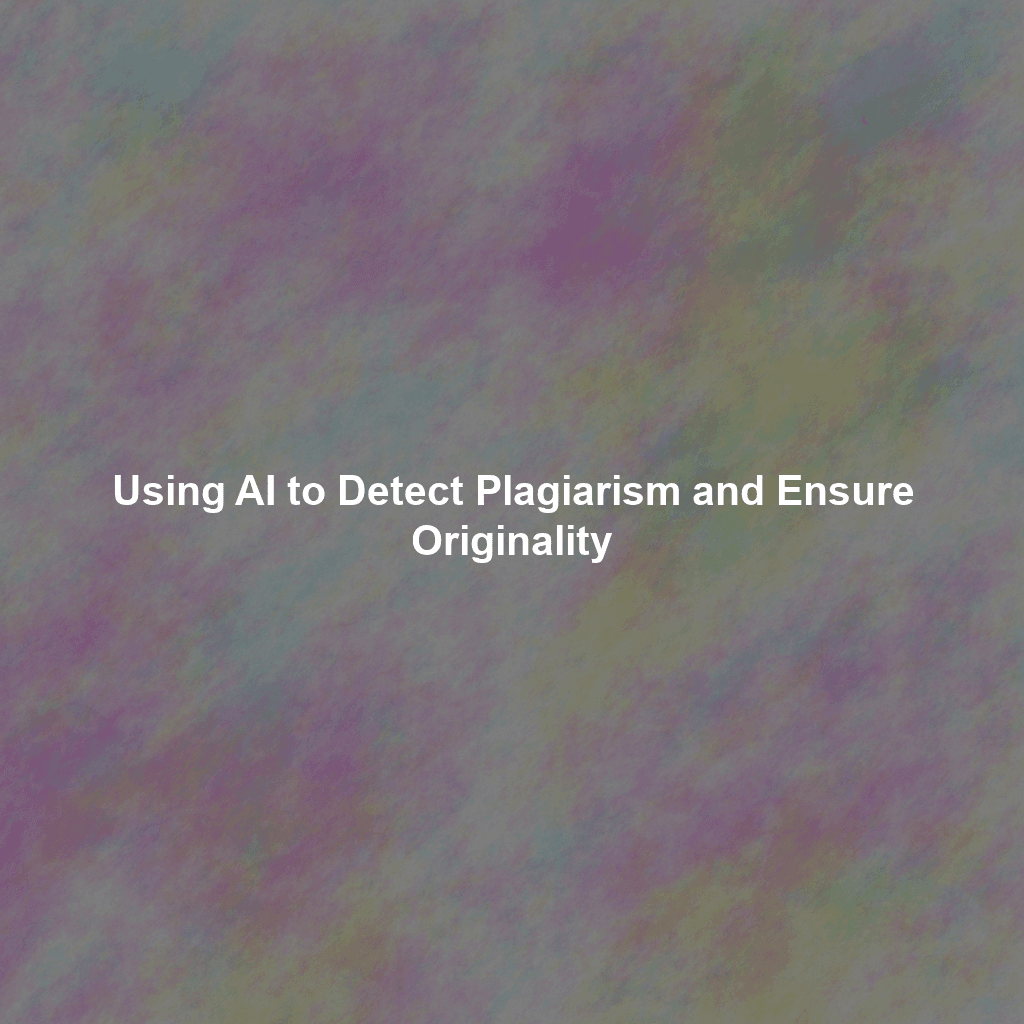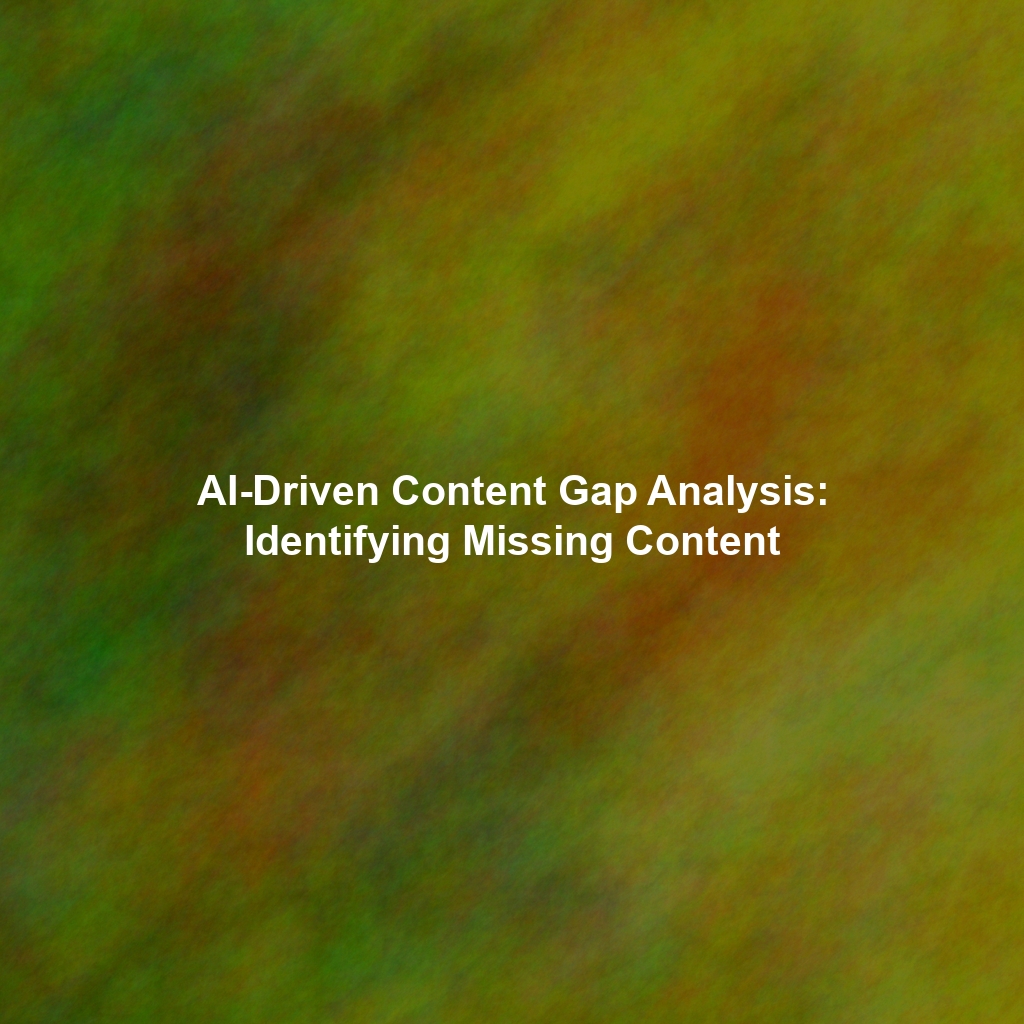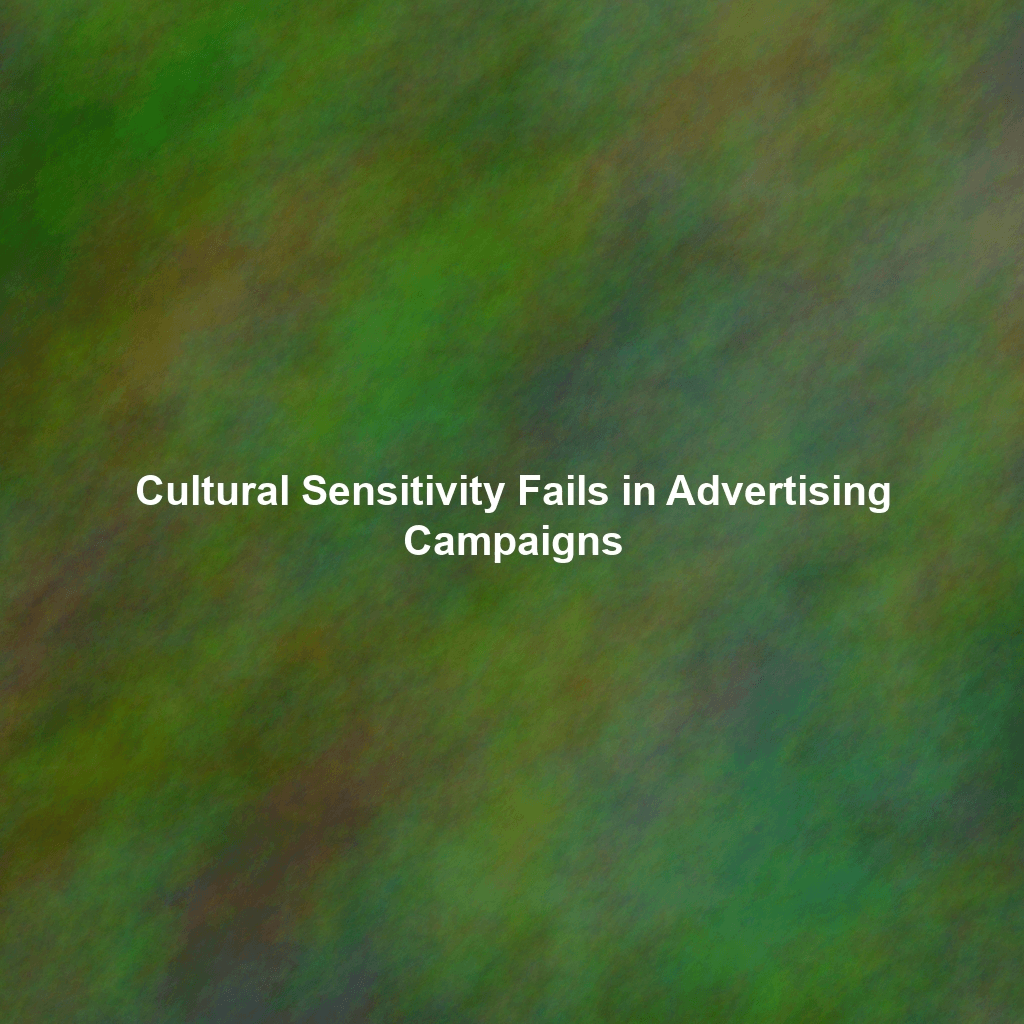Introduction: The Growing Need for Original Content in a Digital World
The Evolution of Plagiarism Detection: From Manual Checks to AI-Driven Solutions
Traditionally, plagiarism detection involved manual comparison of text against existing sources – a time-consuming and often inaccurate process. Early digital tools relied on simple keyword matching, which were easily circumvented by paraphrasing or replacing key terms. These methods proved inadequate in keeping up with the sheer volume of online content and the increasingly sophisticated methods used to disguise plagiarism.
AI has revolutionized this field by leveraging machine learning (ML) and natural language processing (NLP) to analyze text at a deeper, more nuanced level. Modern AI-powered plagiarism detection tools can identify:
- Direct copying: Exact matches of text from other sources.
- Paraphrasing: Instances where text has been reworded but the underlying ideas and structure remain the same.
- Patchwriting: A mix of copied and original text, often pieced together from multiple sources.
- Translation plagiarism: Content translated from one language to another without proper attribution.
- Idea plagiarism: The unauthorized use of someone else’s ideas or concepts, even if the wording is original. (This is very difficult to detect automatically and usually relies on human judgment after initial detection).
This advanced capability allows content creators and marketers to confidently create, review, and publish content, knowing that it has been thoroughly checked for originality.
How AI Algorithms Detect Plagiarism: A Deeper Dive
AI-driven plagiarism detection hinges on sophisticated algorithms that go beyond simple keyword matching. Here’s a closer look at the key technologies involved:
Natural Language Processing (NLP)
NLP enables AI systems to understand and interpret human language. In the context of plagiarism detection, NLP algorithms:
- Tokenize text: Break down text into individual words or phrases (tokens).
- Perform part-of-speech tagging: Identify the grammatical role of each word (e.g., noun, verb, adjective).
- Parse sentences: Analyze the structure of sentences to understand the relationships between words.
- Identify semantic meaning: Determine the meaning of words and phrases in context.
This allows AI to understand the meaning of text, even if the wording has been changed.
Machine Learning (ML)
ML algorithms learn from vast datasets of text to identify patterns and similarities that indicate plagiarism. Common ML techniques used in plagiarism detection include:
- Text Similarity Algorithms: Cosine similarity, Jaccard index, and Levenshtein distance are used to measure the similarity between two pieces of text.
- Classification Models: Train models to classify text as either original or plagiarized based on features such as sentence structure, vocabulary, and similarity scores.
- Clustering Algorithms: Group similar documents together, allowing for the identification of potential sources of plagiarism.
The more data an ML model is trained on, the more accurate and effective it becomes at detecting plagiarism.
Vector Space Models
Vector space models represent text as vectors in a multi-dimensional space, where each dimension corresponds to a word or phrase. This allows AI to compare the semantic meaning of different texts by measuring the distance between their vectors. Techniques like Word2Vec and GloVe are commonly used to create these vector representations.
The Benefits of Using AI for Plagiarism Detection in Content Marketing
Implementing AI-powered plagiarism detection tools offers numerous advantages for content marketers:
- Enhanced Originality: Guarantees that all content published is unique and free from plagiarism, building trust with your audience.
- Improved SEO Performance: Search engines prioritize original content. Avoiding plagiarism helps improve search engine rankings and drive organic traffic.
- Protection of Reputation: Prevents the reputational damage that can result from publishing plagiarized content.
- Increased Efficiency: Automates the plagiarism detection process, saving time and resources compared to manual checks.
- Legal Compliance: Reduces the risk of copyright infringement and legal action.
- Consistent Quality: Ensures that all content produced by your team adheres to the highest standards of originality.
- Better Research: Assists in identifying potential sources for content by highlighting similar information available online, facilitating better research and proper attribution.
Choosing the Right AI Plagiarism Detection Tool: Key Considerations
With a wide variety of AI-powered plagiarism detection tools available, selecting the right one for your needs requires careful consideration. Here are some key factors to keep in mind:
- Accuracy: The tool should be able to accurately identify plagiarism, including direct copying, paraphrasing, and other forms of academic dishonesty.
- Database Size: A larger database of sources ensures a more comprehensive search for potential matches.
- Speed: The tool should be able to process large volumes of text quickly and efficiently.
- Ease of Use: The tool should be user-friendly and easy to integrate into your existing content creation workflow.
- Reporting: The tool should provide detailed reports highlighting potential instances of plagiarism, along with links to the original sources.
- Language Support: If you create content in multiple languages, ensure that the tool supports the languages you need.
- Customization Options: Some tools offer customization options, such as the ability to exclude specific sources or adjust the sensitivity of the plagiarism detection algorithm.
- Pricing: Consider the cost of the tool and whether it aligns with your budget.
It’s recommended to try out free trials or demos of different tools to determine which one best meets your specific requirements.
Best Practices for Using AI Plagiarism Detection in Content Marketing
To maximize the benefits of AI plagiarism detection, it’s important to follow these best practices:
- Integrate plagiarism checks into your content creation workflow: Make plagiarism detection a standard step in your content creation process, rather than an afterthought.
- Educate your team about plagiarism: Ensure that all members of your content team understand what constitutes plagiarism and how to avoid it.
- Use plagiarism detection tools proactively: Don’t wait until after content has been published to check for plagiarism. Use the tools to identify potential issues early in the writing process.
- Review plagiarism reports carefully: Don’t rely solely on the tool’s findings. Review the reports carefully to determine whether plagiarism has actually occurred. Sometimes, the flagged content can simply be an appropriate quotation.
- Provide proper attribution: Always cite your sources properly, even when paraphrasing or summarizing information from other sources.
- Encourage original thinking: Foster a culture of creativity and originality within your content team.
- Use multiple plagiarism detection tools: Consider using multiple tools to get a more comprehensive view of potential plagiarism issues.
- Stay up-to-date on the latest plagiarism detection technologies: The field of plagiarism detection is constantly evolving. Stay informed about the latest technologies and best practices.
- Consider AI as an Assistant, not a Replacement: While AI tools are powerful, human judgment is still essential in interpreting results and making final decisions about content originality.
The Future of AI in Ensuring Content Originality
The role of AI in plagiarism detection will only continue to grow in importance. We can expect to see even more sophisticated AI algorithms that are capable of detecting subtle forms of plagiarism, such as idea plagiarism and translation plagiarism. AI will also play a greater role in preventing plagiarism by helping writers to generate original content and avoid unintentional copying. Furthermore, as AI-powered writing tools become more prevalent, AI plagiarism detection will be crucial in ensuring that AI-generated content is original and ethical. The future of content creation is intertwined with the advancement of AI, making originality an indispensable element of effective content marketing strategies.
Conclusion: Embracing AI to Uphold Originality and Ethical Standards
AI-powered plagiarism detection is transforming the way content is created and reviewed, enabling marketers to uphold originality, protect their reputation, and improve SEO performance. By leveraging the power of AI, content creators can ensure that their work is both unique and valuable, building trust with their audience and achieving their marketing goals. As the digital landscape becomes increasingly competitive, embracing AI for plagiarism detection is not just a best practice, but a necessity for success in content marketing.
 Skip to content
Skip to content

